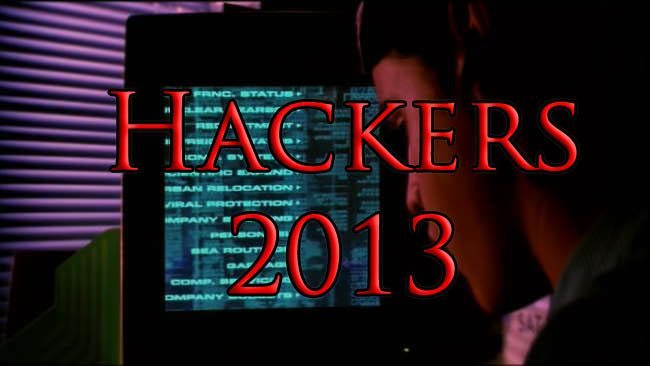
The list of top hackers of the year, 2013, comprises groups sponsored by the state, as well as the members of Anonymous, along with Blackhole cybercrime gang. The current question is about who should make it to the top of the global list of hackers for the year.
If the activities of the hackers in the recent past are to be followed, it can be expected that the hackers in 2013 will be prominently visible. In 2011, the hacks of 50 days by LulzSec combined technical acumen with acuity in PR. In the year 2012, their leaders were arrested, along with many of the others who participated in the high-stature Anonymous activities, owing to the collaborated efforts of the FBI and its overseas counterparts. Near the close of 2013, some of the most notorious domestic hackers who had political targets, ended up in jail or were on parole, having served their time after being arrested in Britain.
However, it is a challenge to police the hacking activities of countries that are non-allies, since the Department of Justice is unable to arrest or extradite international hackers in certain countries, or even identify the suspects who are operating there. Many campaigns driven by crimeware toolkit, use bots for stealing private financial details which are used to transfer millions of dollars from banks, and these are operated from Russia or satellites of former Soviet, but they have no extradition treaty with the US.
It is tough to stop the foreign attackers bearing political grudge against the US. In 2012, some foreign attackers were supported by the Iranian government, as per the allegations of the government officials of the US, launched a series of DDoS (Distributed Denial-or-Service) attacks, called Operation Ababil, against the banks in the US. These attacks rolled into their forth surge in the year 2013. Thus, in the history of online attacks, Operation Ababil became the series that ran the longest. Although the target and the timing of the attack were uncovered in advance, the banks often found it difficult to curb the attacks.
In 2013, the officials of the United States have also hiked their indictment for the Chinese hackers sponsored by the state. The US had long suspected China of hacking their government and business organizations. However, evidence was published by a security firm called Mandiant that an elite PLA military hacking group was linked with the pilferage of US businesses’ intellectual property, and secrets of the US military.
Hacking is loosely categorized as black, white and grey hats. Black hat hackers are those who hack at others’ expense for personal gain. White hat hackers are ethical hackers who pursue security research on computers. Grey hat hackers lie somewhere in the middle of these two extreme groups. It can well be understood that bank DDoS attacks, Crimeware toolkits, APT attacks by the Chinese and other similar attacks were black hat hack-attacks.
However, the number of grey hat hacks increased since the middle of 2013, after contractor of National Security Agency, Edward Snowden, ran away to China to leak secret NSA documents worth $1.7 million. The disclosures in those documents have resulted in uncovering the huge online surveillance operation of the US. It has been learnt that NSA has hacked into thousands of personal computers abroad, and conducted direct hacks into the database of some of the biggest technology developers, or the internet backbone communications, in order to gain access to communications, both domestic and foreign.
The big question that looms now is who the bad guys in this scenario are, and who are the good ones.


It should be standard protocol for any website that there are 3 chances for a password and then an hour wait. If after an hour and they try again the wait time goes up to 1 day, etc..
Hackers would become obsolete with this protocol…